When it comes to buying records, I’m sure we can all agree, it’s not always a walk in the park. The continuous hunt for vinyl-nirvana is a never-ending pilgrimage that lasts a lifetime.
When I first started, buying records was somewhat of a minefield, and a learning curve, but over the years, I’ve developed several red-lines that a) help keep my spending in check and b) help avoid disappointment.
It seems we all develop buying preferences over the years, and your list of rules will undoubtedly differ from mine. Below is a list of my general guidelines for buying vinyl records, and I’d love to hear your additional advice in the comments section below:
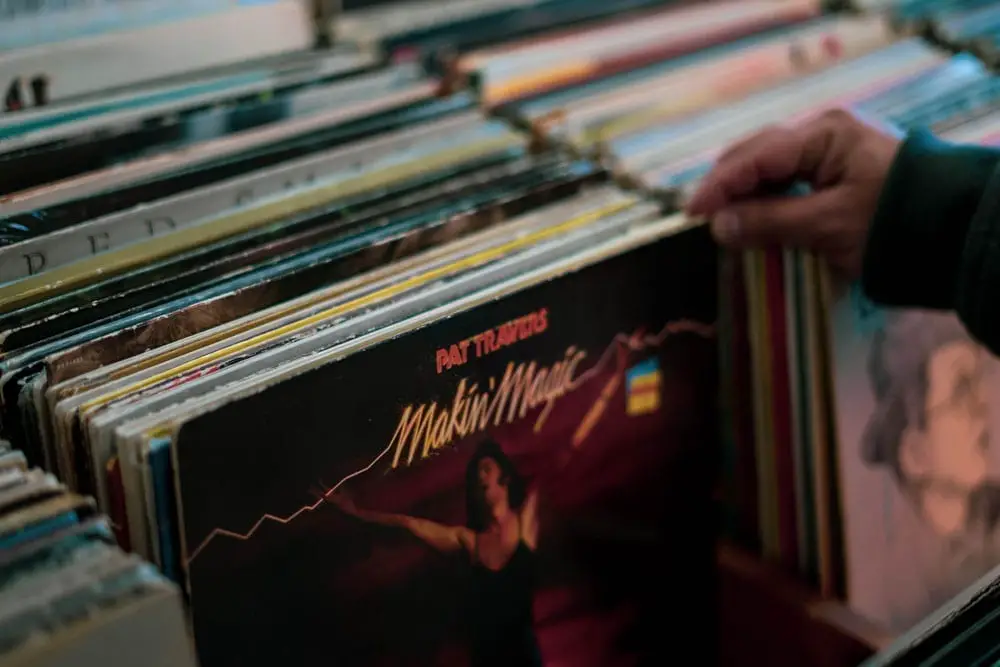
Have A New Vinyl Personal Price Limit
Let’s face it, new vinyl is often very expensive, and as a general rule, I don’t like spending more than £35 ($45) for a new record. Even at this price, it’s a push for me as I feel more comfortable with records priced between £20 – £35. Choosing whether or not to wait for a release to come down in price is a tricky game, as it very much depends on how many are pressed—and how popular the release is likely to be. If there is high demand, the price is unlikely to drop. For me, personally, I find the price of some releases too high to justify. There are rare occasions where I’ll make an exception a splurge, but in general, I find that having a price cap helps me stay in control (sort of)…
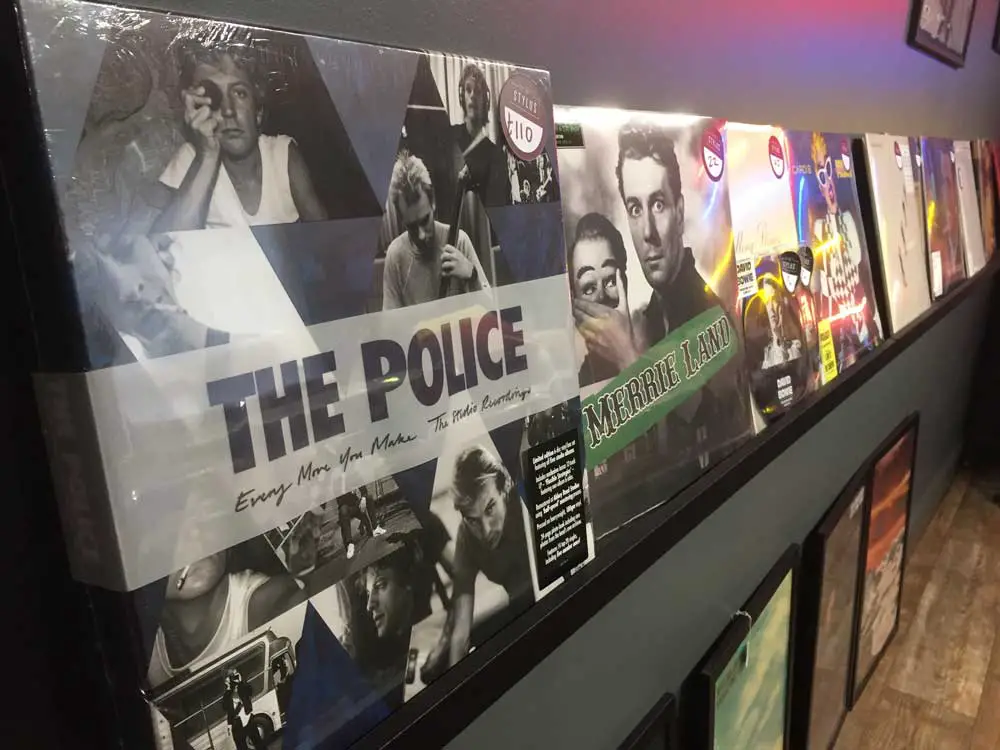
Be Cautious of Overpriced Thrift Store (Charity Shop) Vinyl
Five to ten years ago, before these stores caught on to the growing resurgence of vinyl, you could bag yourself some real bargains at these stores. I personally remember regularly picking up many classic albums at rock-bottom prices just a few short years ago. But those days, sadly, are long gone. Prices in many places have raised from a few dollars to numbers that would make your eyes water in many cases. Before you pick up a used record, it’s well worth checking the typical going rate on a market place like Discogs to get a feel for what prices are fair. Don’t get me wrong, there are still good stores out there selling at reasonable prices, but in my area at least, I’ve noticed a sharp rise in opportunist pricing. Your experience may differ, of course.
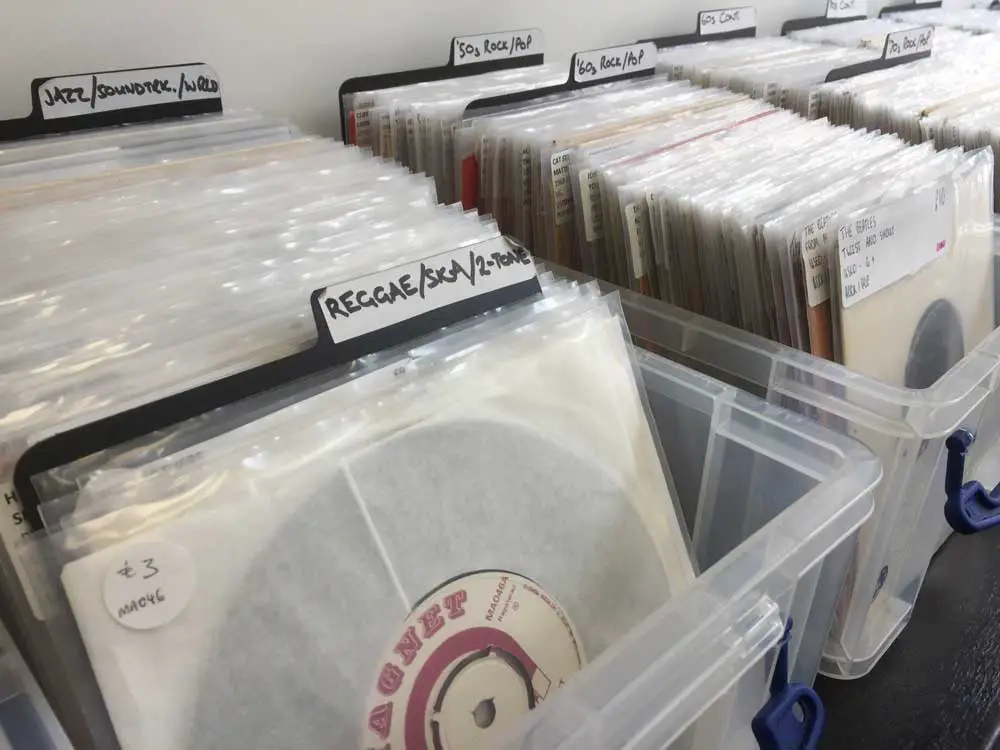
Be Cautious of Used Records Bellow VG+
I’ve taken my chances with enough used records to know that if a record is anything other lower than VG+ (very good plus), there’s a strong chance it’ll be virtually unplayable. Naturally, this is not an exact science as there will always be an element of risk when buying used wax, but in general, I find VG+ to be a good benchmark for reduced risk. That’s not to say I don’t take my chances if I spot a record I’ve been searching for, but it’s best to proceed with caution.
If you’re buying in person, there are a few signs you can look for to help make your decision. Outer jacket wear and vinyl surface inspections are always a good start, but another great trick is to check for label wear around the spindle. Often, if a record is ‘well-loved’, there will be noticeable wear around the center hole from repeatedly missing the turntable spindle.
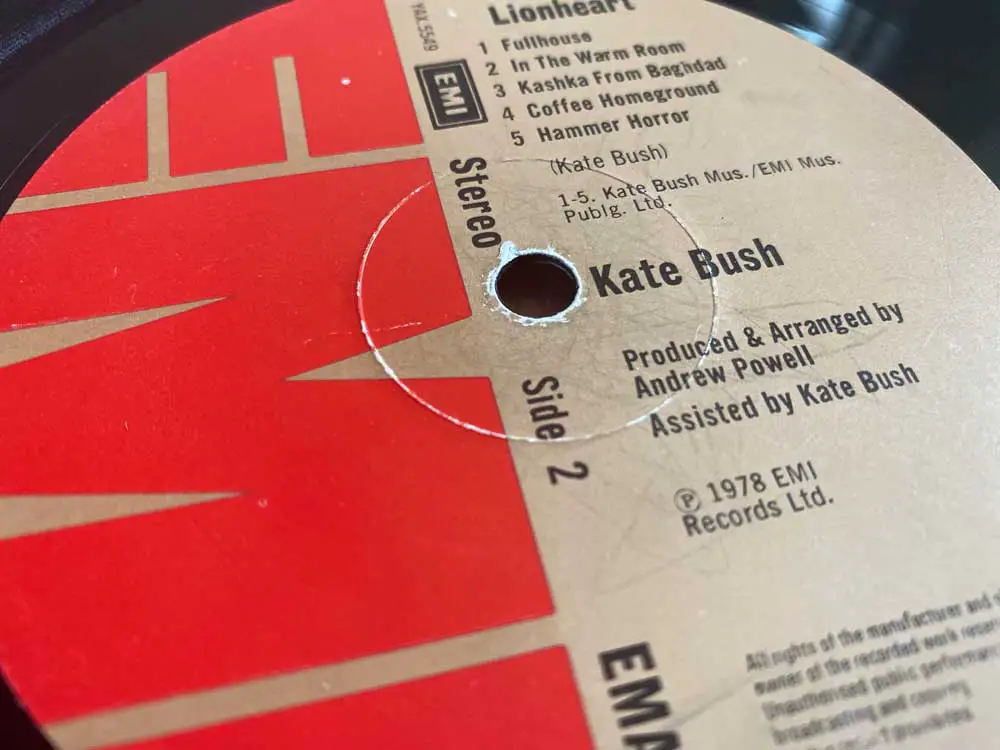
Always Clean Both New and Used Records Before Playback
In regards to used vinyl, it’s fairly obvious that you should always clean these records before they grace your turntable; you never know what dust or grime is lurking in the record grooves, or how well the previous owner cared for their collection. What is less well-known is the fact new records require cleaning too. To a new collector, it seems strange that anything straight from the record plant should require cleaning, but in many cases, they do benefit from a quick clean before their first spin.
Why? If there are any contaminants from the factory, from residual release agent (a compound used to help relieve the record from the stamper during production) to general factory grime, there’s every chance your new record has at least some contamination.
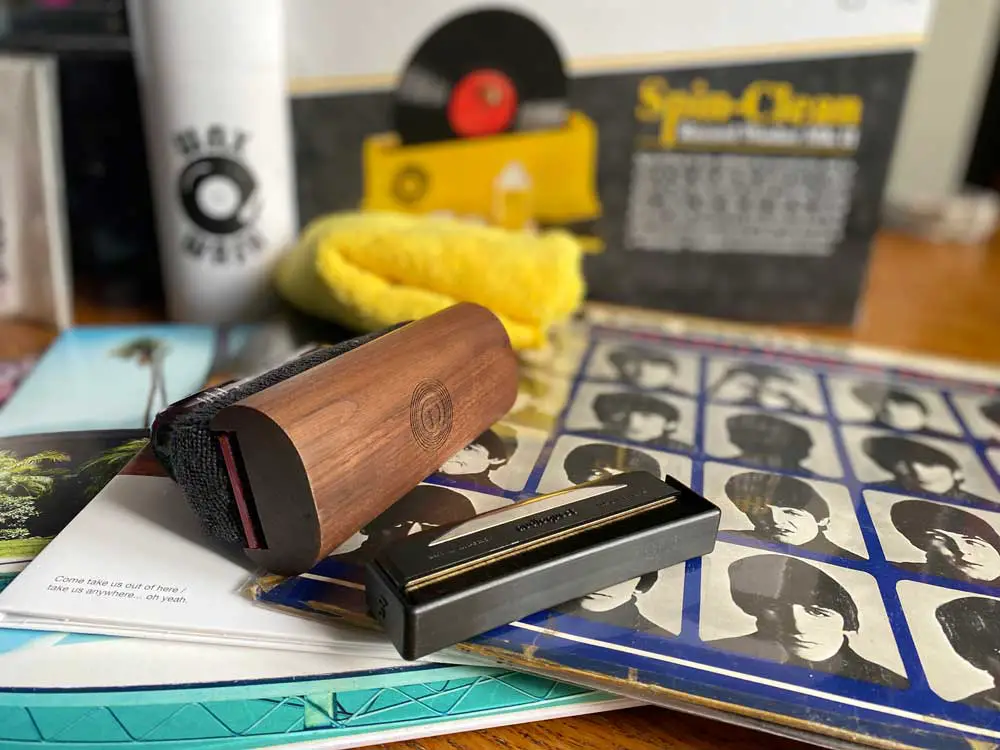
Personally, I Avoid Picture Discs
Picture discs divide opinion among vinyl circles. As a general rule, they don’t sound quite as good as standard vinyl records.
Pressing a picture disc is a little different to standard black or colored records. Rather than pressing directly into pure vinyl, picture discs are made from a sandwich of materials to achieve a full-color printed effect. The result is a vinyl record that typically suffers from increased surface noise and overall lower-quality sound. (You can read more about picture discs, here).
For me personally, I would only typically buy a picture disc as a collectible item. It’s unfair to say they all sound terrible, and I have heard that quality has improved significantly. But for me, they remain a novelty.
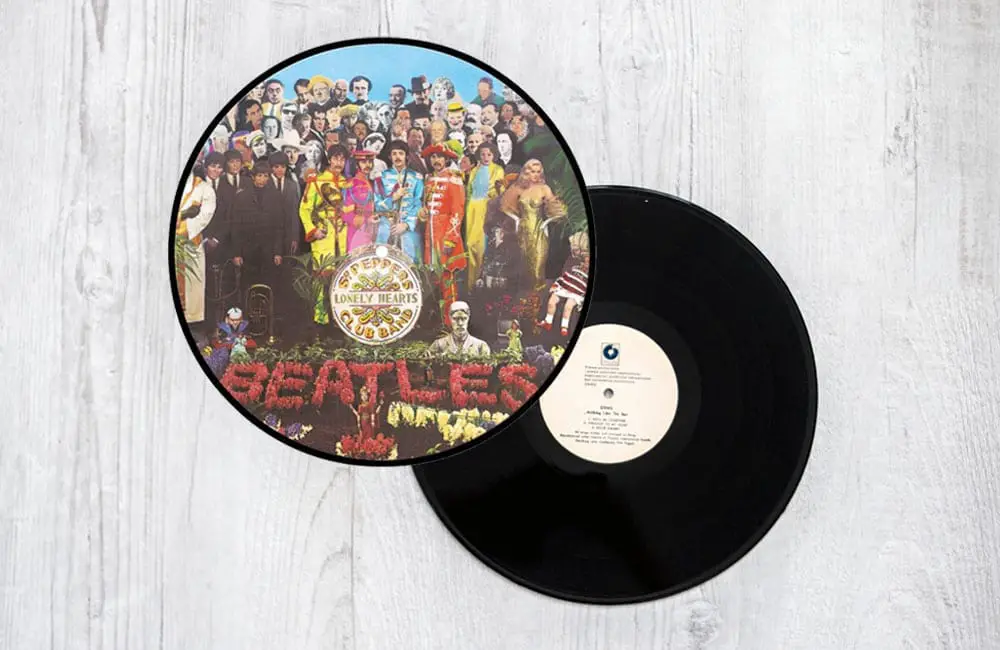
Support Your Local Record Store
Where possible, I prefer to support my local record store. That doesn’t mean I won’t touch services like Amazon, but if possible, it’s nice to support the small guys. An independent record store (online or offline) is far more likely to look after their stock in a considered way. Alongside this, I find that a good record store will go out of their way to order a record for you if you ask them, plus they can offer advice or guidance where required. In some cases, this means you’ll pay a little more for the record, but so long as it’s not an astronomical difference, it’s often a price worth paying.
Also, let’s not forget how these local stores serve as a real community hub. One of my local stores often puts on small-scale gigs; it’s a great atmosphere and a place to meet other like-minded music fanatics.
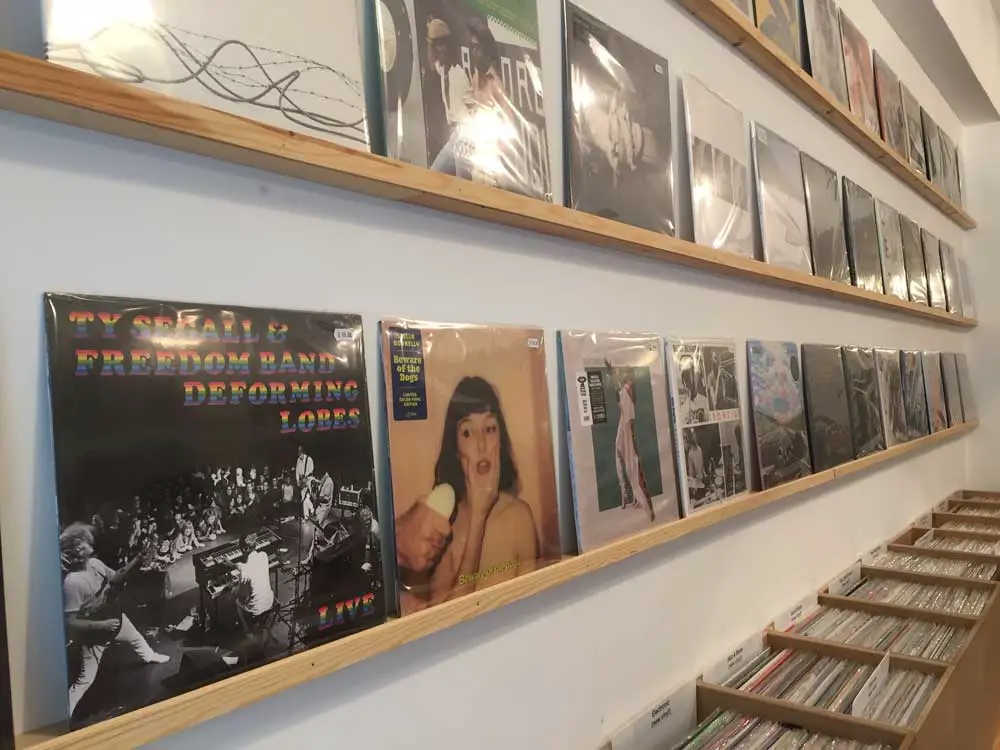
Consider Buying Random Records
We humans are creatures of habit. If you’re anything like me, it’s fairly easy to get stuck in a rut when it comes to music. We quickly form habits, and before you know it, we’re listening to the same genre consistently, or worse, the same artists on rotation, year after year.
In an attempt to break this cycle, I recently started picking up random records at my local record store, often based entirely off the cover. There’s always a risk you might not like the record, of course, but if you can keep an open mind, you’ll be surprised how much this habit can widen your horizon. Variety, as they say, is the spice of life.
Don’t Take it Too Seriously.
Last but not least—relax. The vinyl hobby is one to be enjoyed and not over-analyzed. There’s always a balance with these things, of course, as a little knowledge can significantly increase your enjoyment of any interest or hobby. In essence, though, it’s important not to lose sight of what this is all about—the music! There’s a lot of snobbery in Hi-Fi; everyone has an opinion, and it’s easy for conversations to descend into squabbles. Keep it simple; keep it fun.

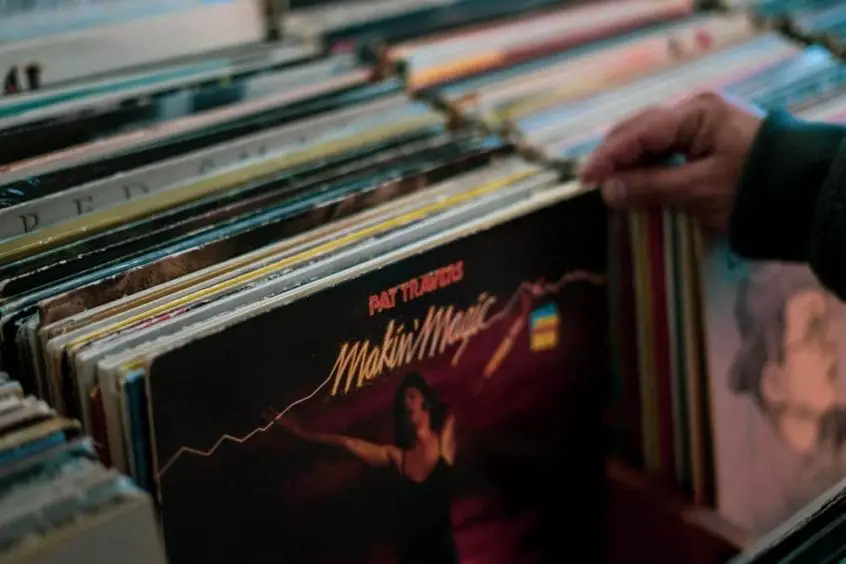


Really enjoyed this article. I too support my local record shop which provides an excellent service and with a friendly atmosphere they really go the extra mile. I started my vinyl hobby only a couple of years ago but as with you I have a varied and possibly strange collection building up nicely, some old some new and unconsciously collecting releases by the same artist. Most of all as you say enjoy the hobby.
It seems the one thing we can all agree on is that record collecting is not as cut and dry as most would think. Knowledge is definitely power, and cleanliness is next to Godliness.
When I’m not in a proper record store, I get a lot of stuff on eBay or Discogs. They’re both about the same, and I’ve had equal measures of success. But I’ve also learned the hard way that people on both platforms have a tendency to overgrade, or “miss something” before they send it out. It gets frustrating, to be sure. I admit however that the best and most decent of sellers will work to resolve any issues.
I look for the same things a lot of other vinyl folks look for: The amount of wear near the spindle area, absolutely NO deep scratches, first pressings when possible (or correctly sourced masters when it has to be a reissue), and definitely no moldy or musty odors coming off a record sleeve. Generally, if I have to work too hard at getting a decent copy of something I either throw my hands up in the air or back off for a few months and try again another time.
Buying vinyl is ofttimes a “luck of the draw” concept, and that goes for new or used. So wishing everyone good luck! Cheers.
Thanks Paul. Agree completely! The over-grading thing is a pain, but comes with the territory, I suppose. As long as they’re good about rectifying any issues, it’s not so bad. Luck of the draw is a good way of putting it! Nature of the beast? Perhaps, but the rewards are worth it when it all comes together.
A couple of things that helped me… first, a cataloged my entire collection on Discogs. That way I always have it with me and I don’t end up picking up records I already own. Second, I try to make sure I know what I’m interested in finding and have some idea of going prices (Discogs helps with that too, of course). Whether it’s finishing out my collection of a particular artist, or even just focusing on just Jazz. I find that if I go in to a store just to browse I want to buy everything and can’t focus on finding good deals. Lastly, I like first pressings so I try to be educated on the characteristics of the first pressings of the records I’m interested in. What was on the cover? What color was the label. Again, Discogs is invaluable here. I definitely don’t want to pay first pressing prices for a repress. All of this helps me keep my spending down because if I don’t know enough about the release I generally won’t buy it. Definitely has saved me some grief from the wife!
This all worked out for me one day when I walked into a shop in NYC and went to look only at the Elvis Costello records. I wanted a copy of the UK release of Armed Forces. I knew from my research that the cover and track listing was different than the US release. Plus I knew that it came with several inserts including a 7″ single. I had found copies of it without the inserts in the past. That day I found a near pristine copy – sleeve and vinyl – with all of the inserts included. It was marked at $20. A quick check of Discogs let me know that this was a really good price. Plus, they had a 10% off sale that day! When I brought it to the cashier he immediately said, “wow, you got a deal! I told the boss this one was priced too low!”
When the whole “shelter in place” thing kicked in here in San Francisco, it finally gave me the time to catalogue my collection on Discogs as well. I find it a great way to keep inventory and know what some of my pressings are worth. Might also be good for insurance purposes should the need arise. It’s a time consuming exercise, but it looks like I’ll have plenty of time for the foreseeable future! Wishing you nothing but M, NM and VG+!
Thanks Jordan – great contribution to the topic here. The discogs catalog thing is huge, but a big task, as you say. I can see another reader in this thread, Paul, is currently working through this process. I’ll get to it…. one day…
Great work on the Armed Forces find. You got a bargain indeed!
To me, there are two ways to buy used records: personally or by mail. In the first case I start inspecting the cover (if looks good, without excessive wear in the borders, uncutted, and no hand-inscripted, is good). Also important is to inspect the inner bag (it is the original? is not broken, or replaced or, even worst, all missing?). Regarding to the record, a shinning, clean surface withouth notorious scratchs is important, as well as verify that the center hole surroundings are not marked with mismatched attempts when putting the record on the turntable spindle.
By mail, I NEVER would buy a record promoted below near mint…!
Thanks Mario – some great points there. I really do find that the center hole surroundings are very telling, as you say. Happy spinning.
It should go without saying, but always store records in a vertical position.
Defo! Cheers.